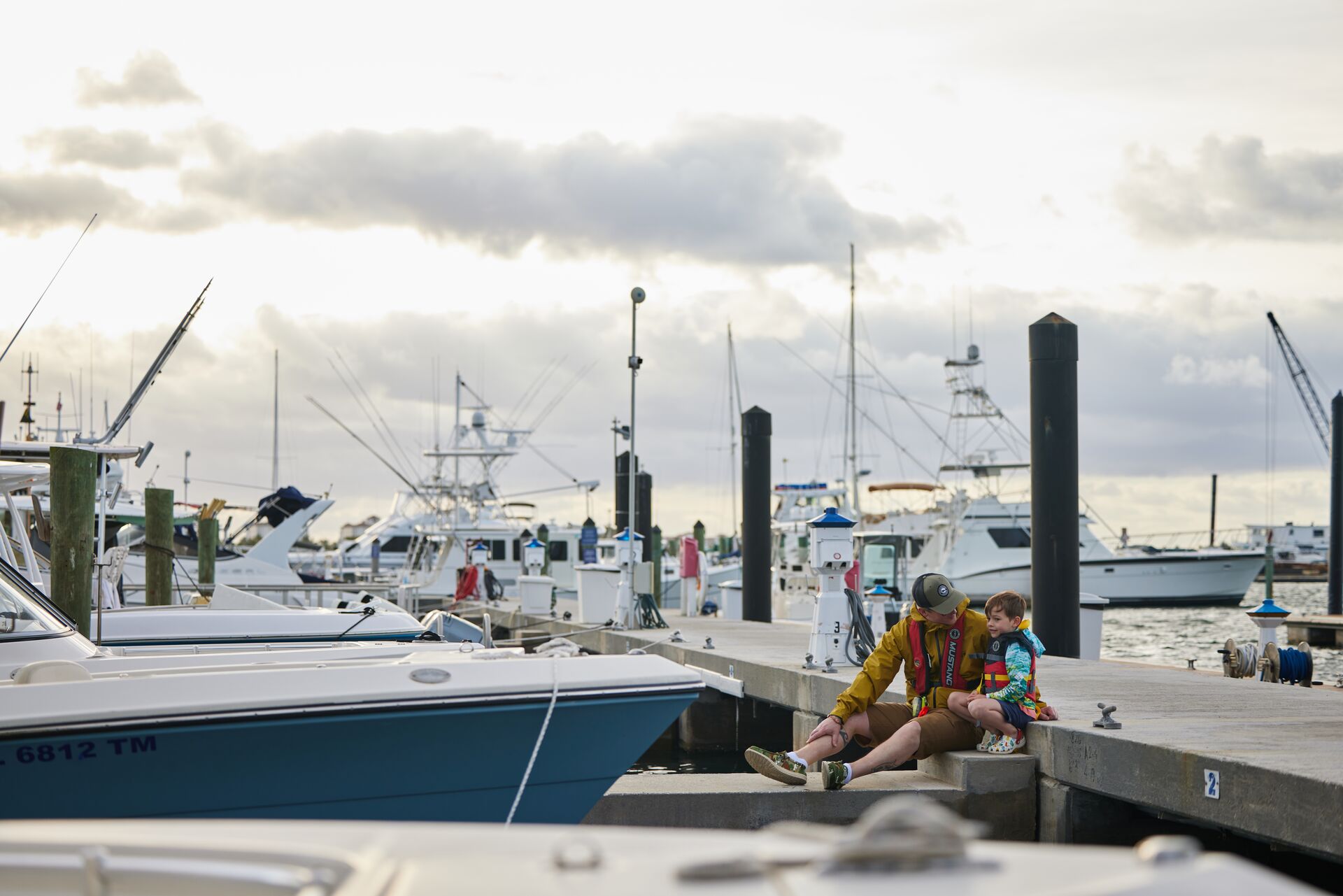A Definitive Guide to Texas Boat Registration

Getting a new or new-to-you boat can be exciting, but before it even hits the water, you'll need to register it.
Aside from a few exceptions, almost all boats in Texas must be registered with the Texas Parks and Wildlife Department (TPWD). Before hitting the lake in Texas, read on to find out exactly how to register a boat in Texas, including the costs involved.

Texas Boat Registration Requirements
Wondering whether your boat needs to be registered? Chances are, it does.
If your boat or vessel is motorized, it must be registered, regardless of its length. This includes personal watercraft (or jet skis). By the way, a sailboat with an auxiliary engine counts as a motorized vessel, too.
Additionally, if a boat is not motorized but is more than 14 feet long, it must still be registered. Finally, vessels documented by the U.S. Coast Guard (USCG) must also be registered in Texas.
Printing and Submitting Your Application
Unless you bought a used boat that its previous owner registered (we'll get to that later), the first thing you'll need to do is print and complete this TPWD application. The form asks a lot of questions, but it's pretty self-explanatory and comes with two full pages of instructions.
Once you've filled that out, you can submit everything to the TPWD by mail. If your registration is a renewal, you can also submit it online. Alternatively, you can head to your local Tax Assessor-Collector office or any TPWD Law Enforcement office to submit your completed form.
If you live near Austin, you could also visit the TPWD Headquarters office.

What Do You Need for a Successful Boat Registration?
If you show up in person to register a boat, at the very least, you'll need to bring your completed application and a current picture ID. You'll also need some form of payment. Most TPWD offices will accept cash, a check, or a money order.
Unfortunately, they do not accept credit cards.
It's likely you will also need some supporting documents for your boat's title, which we will discuss when we get to the section on transferring registration.
How Much Does it Cost?
The registration fee for your boat will range from $32 to $150. The fee depends on the length of your boat or vessel.
As of 2024, the fees are as follows
- Vessels less than 16 feet long: $32
- Vessels from 16 feet to less than 26 feet long: $53
- Vessels from 26 feet to less than 40 feet long: $110
- Vessels 40 or more feet long: $150
- Livery boats less than 16 feet long: $32
Be sure to confirm these fees before mailing in your application or arriving at an onsite location with a money order for the wrong amount.
Additional Fees
In addition to the boat registration fee, you'll be charged for a registration ID card (called the Certificate of Number), a registration decal, a certificate of title, and, of course, tax.
If you are an owner relocating to Texas from another state, you will also be charged a $15 relocation fee. As of 2024, the cost for these fees is listed below:
- Certificate of Number: $11
- Registration decals: $22
- Certificate of title: $27
- Tax: 6.25% of the sale price
Depending on your situation, a few other fees might be assessed when you're registering your boat. As of 2024, these fees could include the following:
- Standard replacement for lost/destroyed title: $27
- Expedited replacement for lost/destroyed title: $64
- Title correction: $27
- Bonded title: $37

Requirements for Transferring a Boat's Title and Registration
If you bought a boat registered previously — whether in the state of Texas or elsewhere — you'll be required to transfer the boat/vessel title, the boat registration, and the outboard motor title into your name.
You will be responsible for providing all the necessary paperwork, and the completed application form, which can make the transfer seem like a hassle. That's why the TPWD recommends having the seller accompany you to the TPWD office to ensure that everything goes smoothly. That way, if there are any surprises and you find out that you need something else from the seller, they are right there with you.
When You Must Complete the Transfer
Time is of the essence.
Applications for transfer of title and ownership must be filed no later than 45 business days from the purchase date; otherwise, tax penalties and interest will start to accrue.

For the Buyer: What You'll Need for the Transfer
If the seller isn't going with you to the TPWD office, make sure they provide you with all the necessary paperwork. If the boat is brand new, the seller must give you the manufacturer's statement of origin (MSO) and the bill of sale.
Buying a used boat is a lot like buying a used car. In this case, they'll give you the original title (signed front and back), the previous out-of-state registration (if applicable), and a signed bill of sale.
The bill of sale may be handwritten but must be signed by the person listed on the title or their legal representative. If a legal representative signs, you must also have a copy of the document authorizing that representative to act on the owner's behalf.
If the boat was previously registered in another state, they will also need to provide a pencil sketch or photo of the boat's hull containing some necessary information.
For the Seller: What To Do After You Sell
After selling your boat, you must notify the TPWD within 20 days of the date of sale. This is in addition to providing the aforementioned paperwork to the buyer.
Notifying the TPWD is not only required by law — this important step also protects you from any future liability. Notifying the TPWD of a sale is free and can be done online. However, if you accompany the buyer to the TPWD office, you can complete this step in person.

Are Any Boats Exempt From Titling Requirements in Texas?
Boats that are exempt from titling requirements include some vessels documented by the USCG, all non-motorized kayaks, canoes, punts, rowboats, or rafts (regardless of length), and other vessels under 14 feet in length when paddled, poled, oared, or sailed.
What Else Do You Need to Know?
Understanding a few more things about boat registration in Texas can help you boat legally with your new (or new-to-you) vessel!
- Your Texas boat registration will be valid for two years.
- You can make your renewal payment up to 90 days in advance of expiration. If you prefer, you can renew your registration online.
- If a vessel is registered or titled in your name in another state, you may operate it for up to 90 days in Texas with your out-of-state registration as long as it is current.
Note that the TPWD does not handle boat trailer registration. To register your trailer, you will go through your local Tax Assessor-Collector office.

Don't Forget Your Boater Education Requirements in Texas
Now that you're well-versed in Texas boat registration, there's one more thing you need to know. If you were born on or after September 1, 1993, you'll need a license to operate your boat.
Yes, you read that right. Your parents may not need a boating license if they were born before 1993, but you do. Don't worry, though — getting your boating license is easy!
All you have to do is take an online Texas boater safety course. The certificate you receive at the end of the course will be your license.
Unlike other online boater safety courses, ilearntoboat has no timers and is gamified with animations and interactive elements, so it's easy and fun.
Once you pass the course, simply print your certificate, and you'll be ready to go boating!
First published in November 2020. Content most recently reviewed and updated for accuracy and relevancy December 2, 2024.



